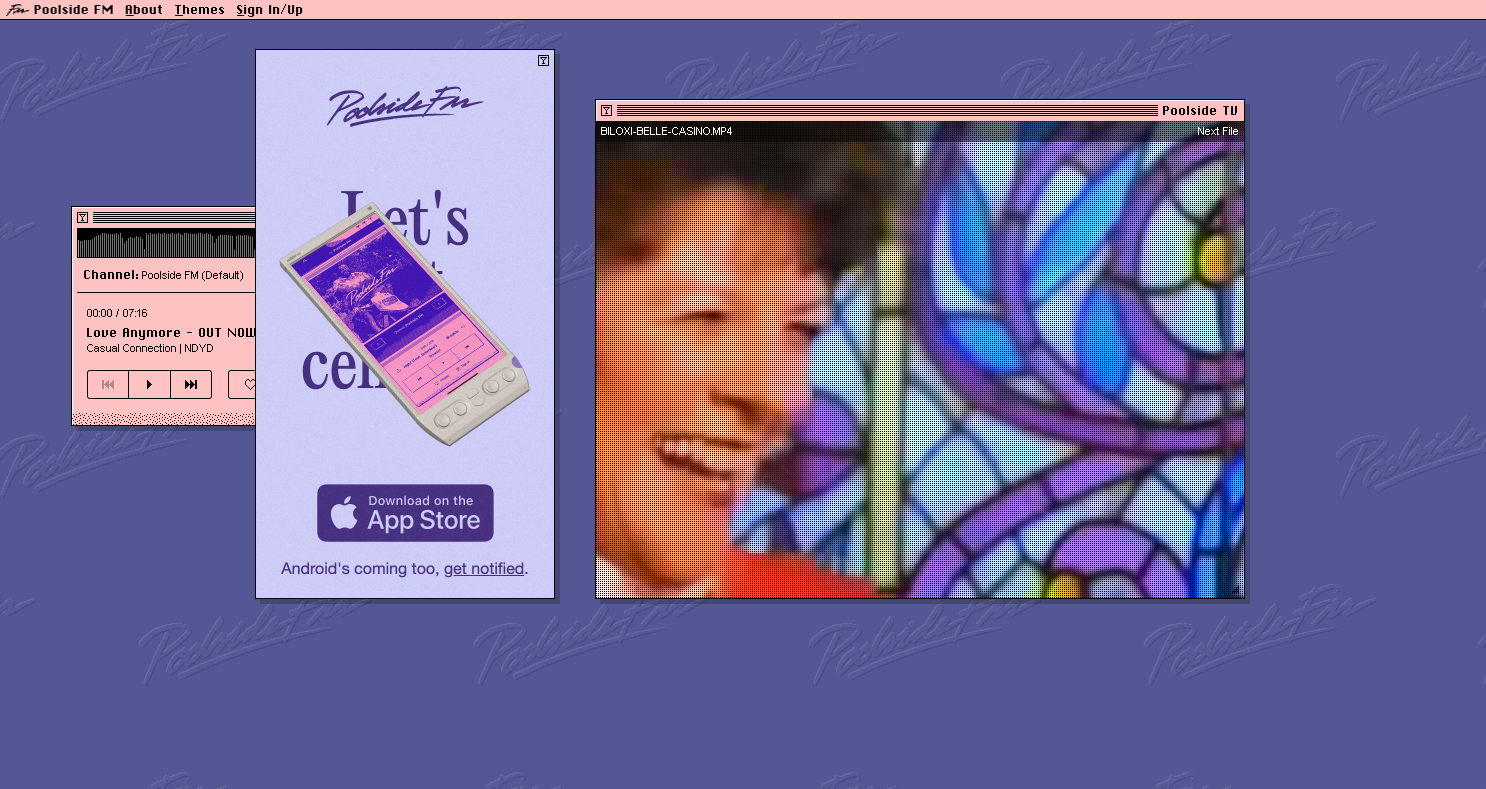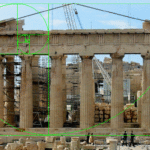On the early days of the web, websites were a free canvas in which designers expressed their ideas in their very own way. There were no rules, no UX design, no minimalism, and no Dribbble. In the 2010-20 period, companies like Airbnb, Apple, Instagram, among others, became the main inspiration of many web creatives and the web started to look (and feel) like a huge ocean of same-ness, full of minimalist white cards, san-serif fonts and eye-catching professional photography. These decisions were driven by the rules of efficiency: interfaces needed work as a super optimized lead-generation & conversion medium.
Now we are seeing a anti-commoditization of the web mainly driven by the public perception of these companies not creating true, transparent progress in our societies. People are more acquainted of the conscious, nefarious manipulations these platforms do to their users and, consciously or not, web creators are starting to express their discrepancies by breaking the established rules of the web. Consumers follow this trend too: indie new products such as poolside.fm, are.na, or muze.nyc are super popular among early adopters. Designers are creating, again, original content on the web, breaking the invisible boundaries of what was once believed “good minimal design” and disobeying what the market-efficient rules of design dictated.

